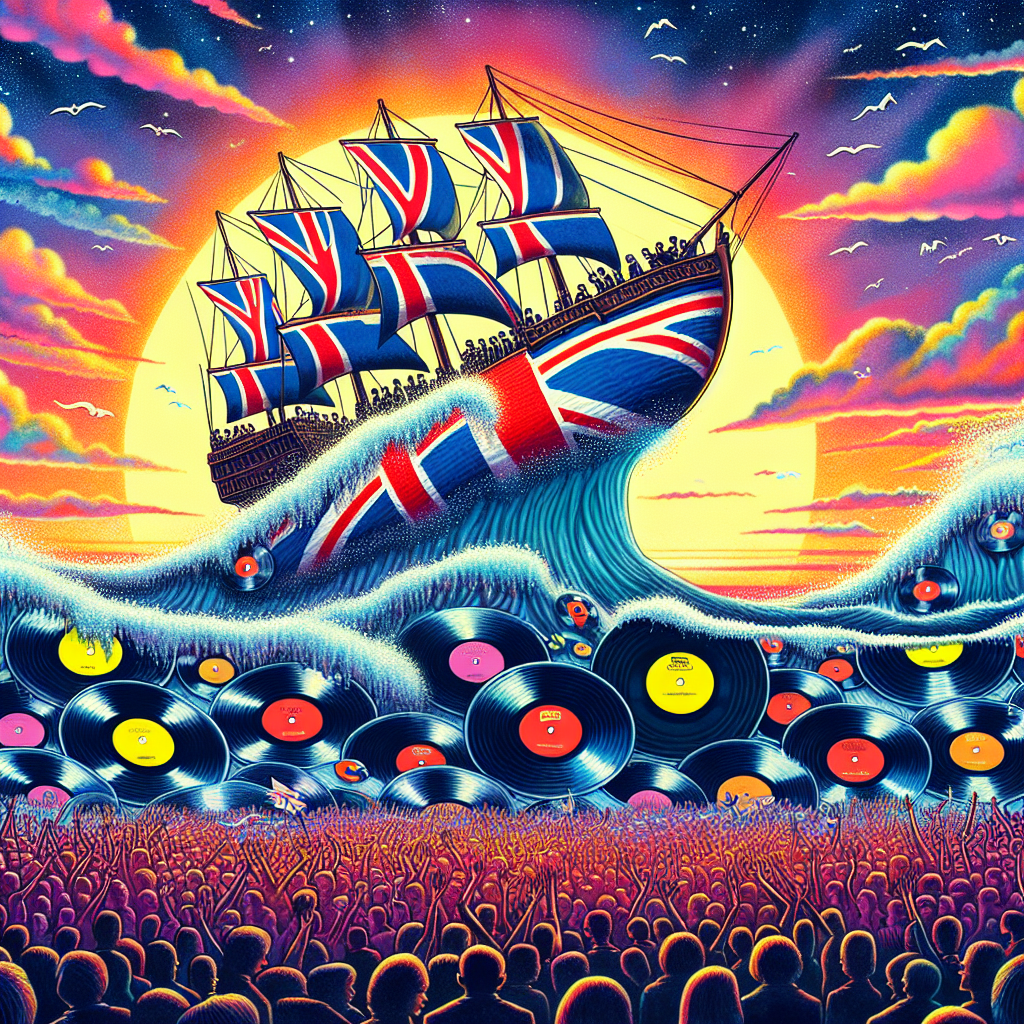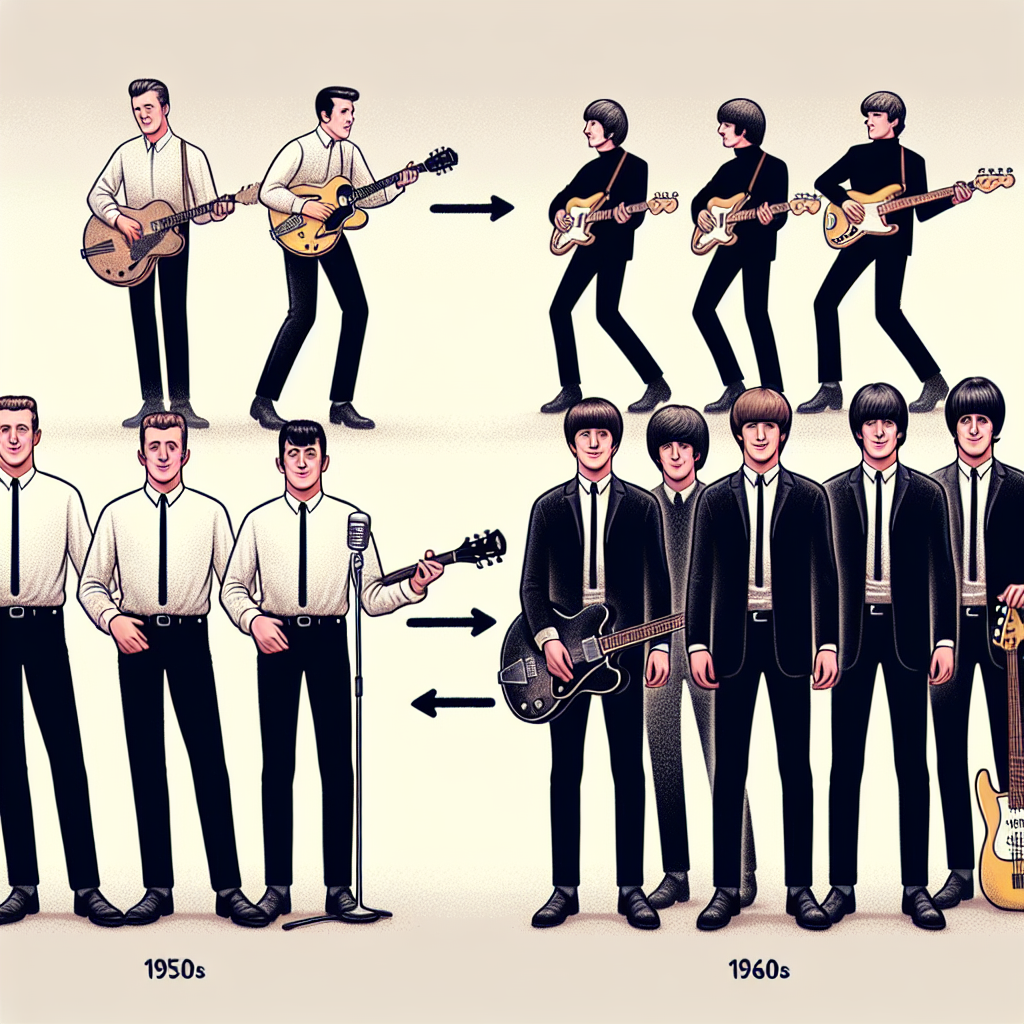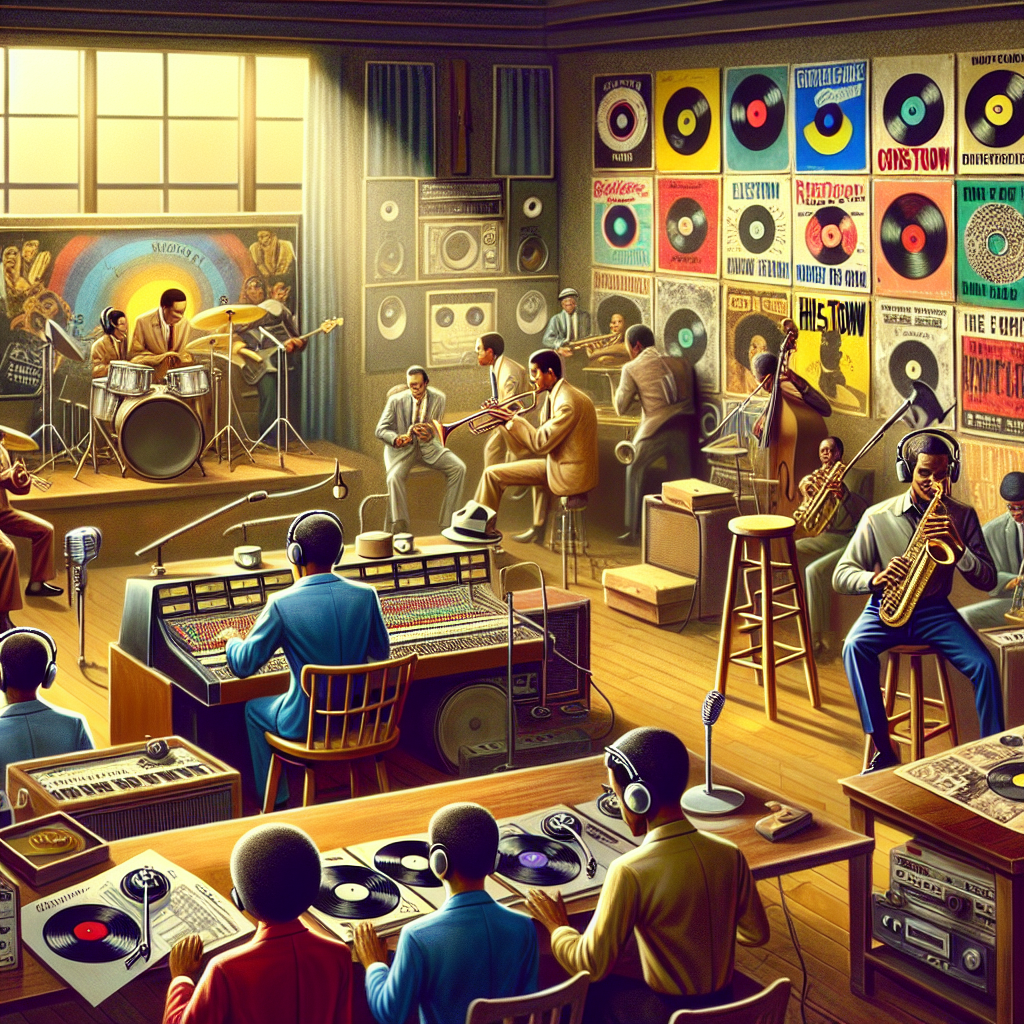Rock ‘n’ roll music has been a key part of American culture for decades, influencing not only the music industry but also fashion, technology, and even politics. The evolution of rock ‘n’ roll from the 1950s to the 1970s is a fascinating journey that showcases how this genre has shaped and been shaped by society.
In the 1950s, rock ‘n’ roll emerged as a rebellious form of music that challenged traditional norms and values. Artists like Elvis Presley and Chuck Berry brought a new energy and style to the music scene, captivating audiences with their raw talent and charisma. This era saw the rise of teenage culture, with young people embracing rock ‘n’ roll as a way to express themselves and rebel against authority.
As we moved into the 1960s, rock ‘n’ roll continued to evolve, with bands like The Beatles and The Rolling Stones pushing boundaries and experimenting with new sounds. This era was marked by social change and political upheaval, with musicians using their platform to speak out against war, racism, and injustice. Rock ‘n’ roll became more than just music – it became a voice for a generation fighting for change.
By the 1970s, rock ‘n’ roll had become mainstream, with bands like Led Zeppelin and Pink Floyd dominating the charts. Technology played a significant role in shaping the sound of this era, with advancements in recording equipment allowing musicians to create more complex and layered tracks. Fashion also played a big part in defining the look of rock ‘n’ roll, with artists like David Bowie pushing boundaries with their bold styles.
Looking back at the evolution of rock ‘n’ roll from the 1950s to the 1970s is a reminder of how powerful music can be in shaping culture and society. Politicians may have tried to censor or control it at times, but rock ‘n’ roll always found a way to break through barriers and connect with audiences on a deep level.
Today, we can still see echoes of these past eras in modern music and culture. Rock ‘n’ roll may have evolved over time, but its spirit lives on in artists who continue to push boundaries and challenge conventions. As we look back on this rich history of music, let’s celebrate how far we’ve come – and look forward to where rock ‘n’ roll will take us next.








